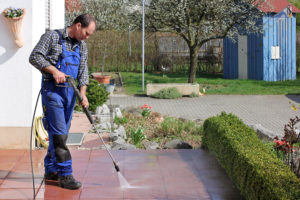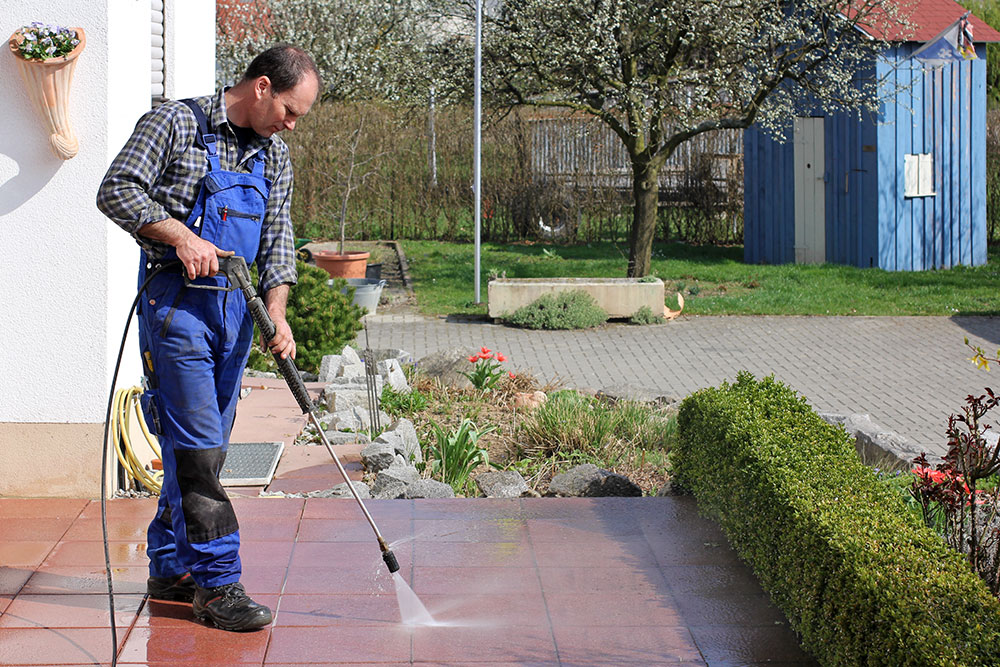Disclaimer: The information on our website is provided for general information purposes only. We make no representations or warranties of any kind, express or implied, about the completeness, accuracy, reliability, suitability or availability with respect to the website or the information contained on our website for any purpose. Any reliance on such information is therefore strictly at your own risk and we are not liable for any damages or losses arising out of or resulting from your reliance on any information contained on our website.
A janitor can work in a variety of settings from schools, hospitals, large corporations, or business offices. Their duties can range as well from light janitorial services to fixing smaller facilities items when needed. A janitor is responsible in keeping the work space clean and safe for all staff and visitors. Watch a video to learn what a janitor does.
How to Become a Janitor
Most janitors learn on-the-job and may shadow someone more experienced depending on the various skills the janitor must perform. For example, some perform general facility repair and may even maintain equipment. If necessary, a new janitor would learn how to perform these duties by a more experienced janitor. According to O*NET OnLine, over 70% of janitors held at least a high school diploma, though almost 20% had yet to attain their high school diploma or equivalent. A very small percentage, under 10%, had a bachelor’s degree.
Job Description of a Janitor

Janitors can perform a variety of tasks on any given day. From changing light bulbs, fixing toilets, or cleaning an accidental spill, these workers can be a jack of all trades. They may be responsible to clean and stock the restrooms, keep any flooring and stairways clean, and removing garbage. They may also work with chemicals, so they must perform any safety procedures necessary when applying these chemicals to ensure their safety and the safety of others in the environment.
It’s key to note that not only are they vital in keeping a space clean, but these cleaning measures also ensure safety measures are met. For example, if there is liquid on a floor, a janitor will place signage or rope around the area until the space is clean and dry so others do not slip and fall. These workers are hard workers and have a very physically demanding job.
Janitor Career Video Transcript
Whether it’s a billion-dollar company or a world-renowned hospital, facilities must be clean and functional for organizations to get their work done. Janitors and building cleaners keep many types of buildings clean, orderly, and in good condition. Janitors and building cleaners use a variety of manual and mechanical tools in their work. Some have a range of duties beyond cleaning. They may work outdoors mowing lawns, sweeping walkways, and removing snow and monitor a building’s heating and cooling systems to ensure they function properly. Some make minor electrical and plumbing repairs. They have different job titles in some facilities.
Building superintendents maintain residential buildings and may help collect rent and show vacancies to potential tenants. Custodians maintain institutions such as public schools and hospitals. Janitors spend the day walking, standing, or bending and may need to move heavy supplies and equipment. Since they have an above-average rate of injuries and illnesses, workers are increasingly required to undergo safety training. Minor cuts, bruises, and burns are common. Most janitors work full-time.
Because office buildings are usually cleaned after office hours, many cleaners work evenings. Janitors in schools usually work during the day. When there is a need for 24-hour maintenance, as there often is in hospitals and hotels, janitors work in shifts.
Article Citations
Bureau of Labor Statistics, U.S. Department of Labor, Occupational Outlook Handbook, Janitors and Building Cleaners.
National Center for O*NET Development. 37-2011.00. O*NET OnLine.
The career video is in the public domain from the U. S. Department of Labor, Employment and Training Administration.

